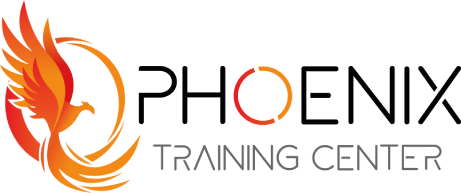In the swiftly evolving landscape of education, digital competence stands as an indispensable skill for teachers. Gone are the days when chalk and talk dominated the classroom; the digital era demands a more dynamic approach. This shift isn’t just about staying relevant; it’s about enriching the educational experience and preparing students for a world where digital literacy is as fundamental as reading and writing.
Understanding Digital Competence
At its core, digital competence involves more than just the ability to use technology. It’s about understanding and integrating digital tools into the teaching process in a way that enhances learning. This competence covers various aspects, from basic computer literacy to advanced digital skills like coding, digital content creation, and understanding digital safety and security.
Why Digital Competence Matters for Teachers
For teachers, being digitally competent means being able to navigate and utilize various technological tools to improve teaching methodologies. It’s about enhancing student engagement, facilitating personalized learning, and improving communication. In an age where information is abundant and attention spans are short, digital tools offer innovative ways to capture students’ interest and cater to diverse learning styles.
Developing Digital Competencies
Developing these competencies can seem daunting, but it’s a journey worth embarking on. Start with familiarizing yourself with the basic tools – educational platforms, learning management systems, and common software used in schools. From there, explore more advanced resources like interactive whiteboards, digital assessment tools, and educational apps.
The key is to view technology as an ally in your teaching arsenal. Experiment with different tools to see what works best for your teaching style and your students’ learning needs. Online courses, workshops, and webinars are excellent resources for professional development in this area.
Challenges and Rewards
Integrating digital tools into teaching is not without challenges. Issues like access to technology, varying levels of digital literacy among students, and keeping up with rapidly changing technologies can be overwhelming. However, the rewards are manifold. Digital competence not only enhances your teaching effectiveness but also prepares your students for the future.
Moreover, it opens doors to global classrooms and resources, breaking down geographical barriers and enabling a richer, more diverse educational experience.
A Continuous Learning Curve
It’s important to remember that digital competence is a journey, not a destination. The digital world is constantly evolving, and staying updated is part of the process. Networking with other educators, attending educational technology conferences, and being open to continuous learning are crucial for staying ahead in the digital game.
In conclusion, digital competence is a critical skill in a teacher’s toolkit in the 21st century. By embracing digital tools and technologies, educators can not only enhance their teaching methods but also empower their students to thrive in a digital world. As we navigate through these times, the role of a teacher transcends traditional boundaries, making digital competence not just a skill but a necessity.














